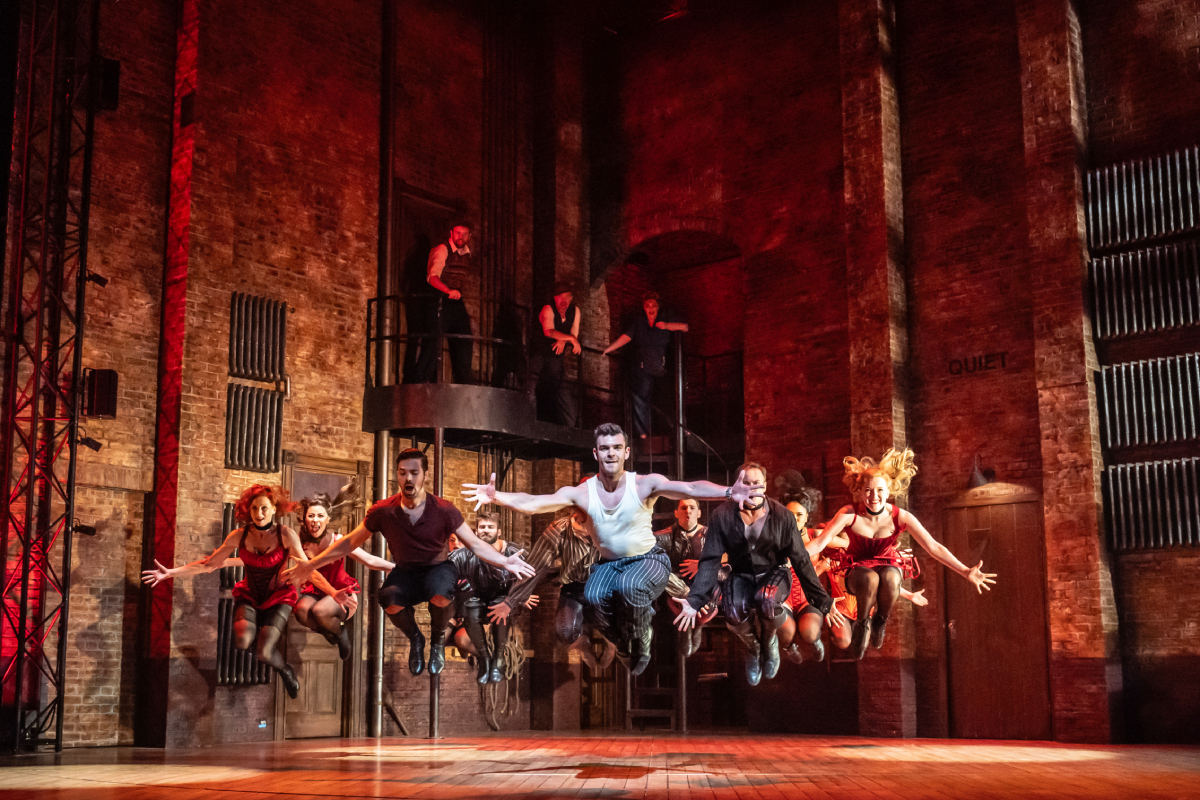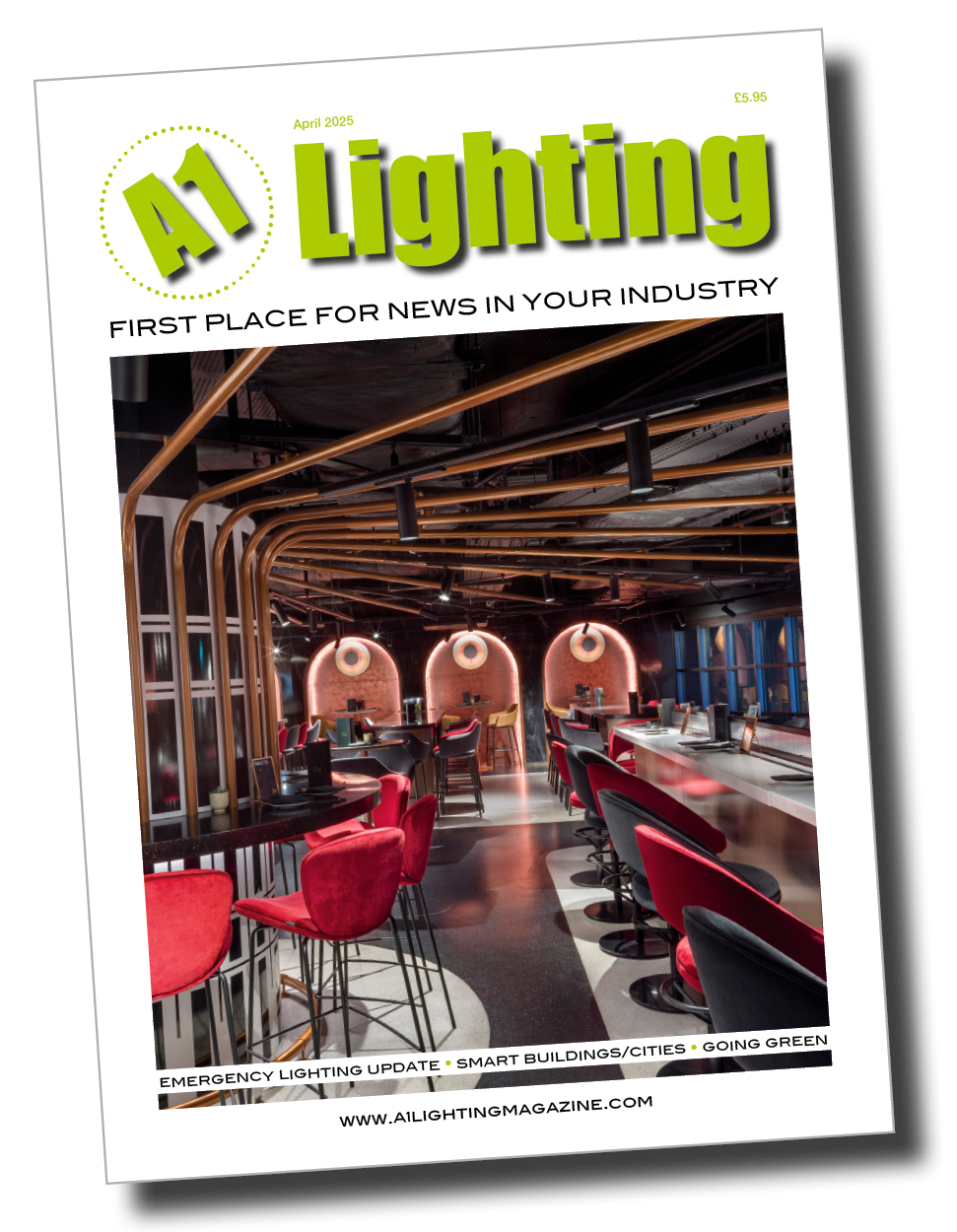
Penned by the legendary Cole Porter and now considered one of the most iconic musicals of all time, Kiss Me, Kate has made a much-anticipated return to the London Stage at the Barbican Theatre. Starring Adrian Dunbar and Broadway legend Stephanie J Block, the show tells the story of two fraught ex-lovers who may or may not still have feelings for each other and who are forced to work together on a musical version of The Taming of the Shrew… Directed by Tony Award-winning Bartlett Sher, this latest revival features a lighting design by the multi-award winning Don Holder, who approached White Light – a d&b solutions company (WL), to supply his lighting rig.
Having originally been performed on Broadway back in 1948, Kiss Me, Kate first appeared in the West End in 1951 and has subsequently been revived countless times over the years. One of the most recent revivals was the Drama Desk Award-winning 2019 Broadway revival – a show which Don also lit. Despite having worked so recently on another production, Don insists this had no bearing on the latest London show. He explains: “From our earliest creative conversations, I knew that Director Bart Sher and his creative team would be bringing a very different vision, so the lighting needed to follow suit. For starters, there’s an overriding meta-theatrical element that didn’t exist in the Broadway production, which completely shifted the visual paradigm. Bart also understood it was important to address the rather ‘old fashioned’ gender politics of Shakespeare’s The Taming of the Shrew, which is at the core of the show’s narrative, filtered through a 1940’s lens. He worked with the writer Bob Martin (with the consent of the Cole Porter and Spewack estates) to re-examine selected sections of the book; which, as a result, allows the entire show to feel more relatable to a contemporary audience”.
Explaining further his creative approach to the show, Don explains: “Kiss Me, Kate moves fluidly between the backstage environs of a theatre in 1940’s Baltimore and onstage, in mid-performance of a musical version of The Taming of the Shrew. The full breadth of the Barbican’s performance space is revealed and in-play throughout the evening. We tried to evoke a backstage environment that you might encounter if you actually walked into that Baltimore theatre almost 80 years ago. The light was crafted with a nod toward film noir: high contrast, sharp angles and deep shadows. In terms of the set, The Shrew’s scenic design felt very much like what you might encounter in a 1940’s era musical. It was largely composed of cream-coloured soft canvas flats, carried on and off by stagehands in the audience’s peripheral view. In contrast to the backstage world, the light in The Shrew is bright, colorful, kinetic and in no way attempts to fall in line with 1940’s production values. Given the meta-theatrical nature of this production, I felt we had permission to expand our vocabulary well beyond what would be considered ‘period’ lighting.
He adds: “Although I tried to work with a limited palette and scrupulously avoided movement effects, chases, and other more contemporary gestures in The Shrew musical numbers, I wasn’t shy about acknowledging the numerous brass stings, buttons, and other flourishes in Cole Porter’s amazing score. I’ll also admit there were some iconic numbers in the show that were so spectacularly scored, choreographed and performed (such as the Act Two opener “Too Darn Hot” and Bianca’s “Always True to You” ) that I felt compelled to depart from my self-imposed constraints and completely ‘let loose’. These were the moments that felt really satisfying for me and seemed to land most successfully with the audience”.
As is often the case with shows as ambitious as this, the design did change slightly once technical rehearsals and previews began. Don explains: “Whilst Bart was interested in rendering a dark, gritty, and atmospheric backstage environment for Kiss Me, Kate, once we began previews, it became clear that we needed to shift the dynamic toward a brighter, less ominous-feeling space. It was a welcome change of course and not too difficult to address. What proved to be more challenging was the late arrival of The Shrew set, both in pre-production and onstage at the Barbican. I had no pre-lighting time to develop a clear visual vocabulary before we were pressed to move very quickly through the show in what was a rather abbreviated (one week!) tech process. The Shrew scenes were definitely a work-in-progress, and the lighting design continued to evolve over the course of the preview period. It was a hard slog, but I think we eventually arrived at a very good place”.
Knowing what he needed to achieve with his design, Don spoke to the Hire Team at WL to put together his lighting rig. He explains: “We used a variety of equipment to bring this production to life, ranging from the Barbican’s tungsten ellipsoidal inventory (for high-side light systems that delivered an ‘incandescent’ feel for the backstage scenes), to ETC Lustr 2 and Lustr 3 Series Profiles, which were crucial in expanding our high and low sidelight colour palette. There was also a variety of automated fixtures, including MAC Encore and MAC Ultra Profiles, MAC Quantum and MAC Aura XB Washlights, and ETC High End SolaFrame 2000s.
He continues: “The scenic design featured a large (roughly 15m diameter) revolve that contained three rather elaborate two-tiered settings, including dressing rooms, a backstage corridor, and the actual ‘stage’ space, that was seen in bare bones ‘rehearsal mode’ with the theatre walls exposed, or in ‘performance mode’, with The Shrew set in full play. Many scenes, musical numbers and transitions (the action is continuous) were performed with the turntable continually in motion. The automated lighting rig was crucial in addressing the multiple challenges that this cinematic staging presented”.
In regards to the continually revolving turntable on stage, this feature made Don realise early on into the design process that he would need to incorporate a large amount of onboard lighting to reveal these spaces and carve out the action. He comments: “We installed numerous set mounted practical sources, along with a variety of low-profile theatrical fixtures, such as Rosco Pica Cube 4Cs and MR16 Birdies, tucked into ceiling coves and hidden recesses. We also rigged several ‘overhead electrics’ which spanned the revolving ‘stage’ space, fitted with a variety of automated LED fixtures, including GLP Impression XBar 20s, MAC Aura XBs and SolaFrame 2000s. Given the limited amount of power available via a central commutator, I restricted all set-integrated and set-mounted theatrical lighting to LED based sources”.
Don concludes: “For Kiss Me, Kate, I’d like to acknowledge the great work of Lighting Programmer Nick Simmons, Production Electrician Pete Lambert and the Barbican Lighting Team, UK Associate LD Hector Murray and Associate LD Karen Spahn. I’m very proud of the work we were all able to put onstage, due in no small part to the stellar support we received from Andy Cullen and the WL team. They went above and beyond to deliver the tools we needed despite the limited budget and fast- track nature of the project. They also stood right behind us as the design evolved and changes to the rig were required during the technical rehearsal and preview period – something we greatly appreciated”.
Photo courtesy of Kiss Me, Kate 2 © Johan Persson.












